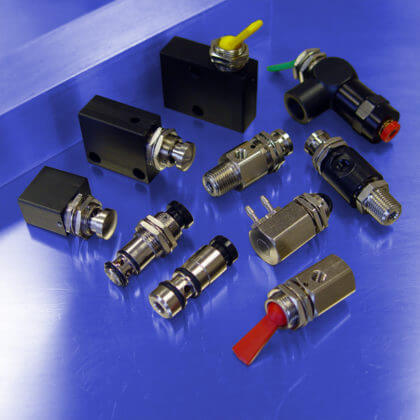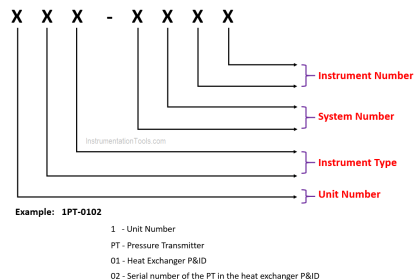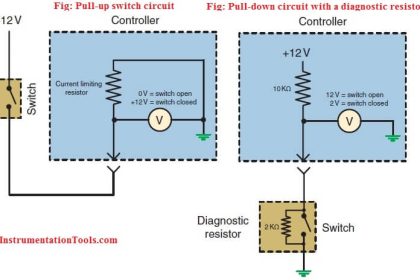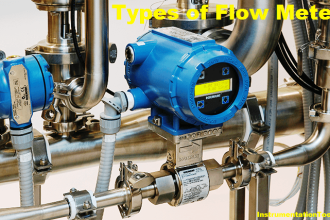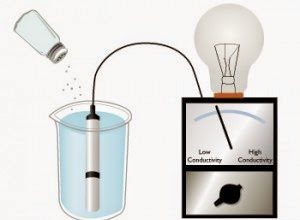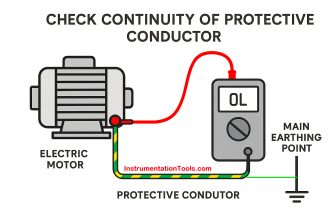Top 5 Things You Need to Know When Selecting Directional Valves
Selecting the right valve to control system pressure, direction of flow and rate of flow is crucial when designing fluid power circuitry. Below are the top 5 things that must be considered when specifying directional valves for any pneumatic application.
1. Function
Directional valves are used to control fluid direction within a pneumatic circuit. The action required by your application will determine the type of valve needed.
- 2-way valves are only used to allow or stop fluid flow, providing a simple on and off function in a pneumatic circuit.
- 3-way valves feature three passages within a valve body which are used to pressurize and exhaust a port. These valves are primarily used to operate single-acting actuators such as spring-return cylinders.
- 4-way valves are one of the most commonly used pneumatic components for directional control. With four distinct flow paths, these valves make it easy to reverse the motion of a cylinder or motor.
2. Actuator Style
Depending on your application requirements, a variety of methods are available to actuate a directional valve.
- Manual controls include push buttons and detented or momentary toggles.
- Ball and pin (plunger) style operators are ideal for mechanical actuation.
- Solenoid operators are used as an interface to convert electrical signals into pneumatic functions.
- Air pilot operators are ideal for using air pressure to actuate a directional valve at a remote location.
3. Flow Rate
How much flow do you need at the output port of the valve? It is important to know the required flow rate of your application in order to correctly size a directional control valve. If the valve is too big for the application, you will be wasting air & money. If it’s too small, the actuator will not function properly.
Flow rate is typically measured in standard cubic feet per minute (scfm) passing through a valve at a specified operating pressure (psi). Another common measurement is standard cubic feet per hour (scfh).
4. Operating Pressure
The pressure required to operate a directional valve is known as the operating pressure (psi). Since operating pressure greatly affects flow rate, it is important to review the performance data presented by the manufacturer to ensure that a valve will perform as required in your application. For example, at 50 psi a valve can have a flow rate of 9 scfm whereas at 125 psi, the same valve has a flow rate of 20 scfm. Most pneumatic valves are rated for use with vacuum (26” Hg) to 150 psi.
5. Media Compatibility
When using any media other than air, it is important to review the materials of construction to ensure that the internal components and seals are compatible with the fluid passing through the valve.
Also Read: How to Select a Solenoid Valve
